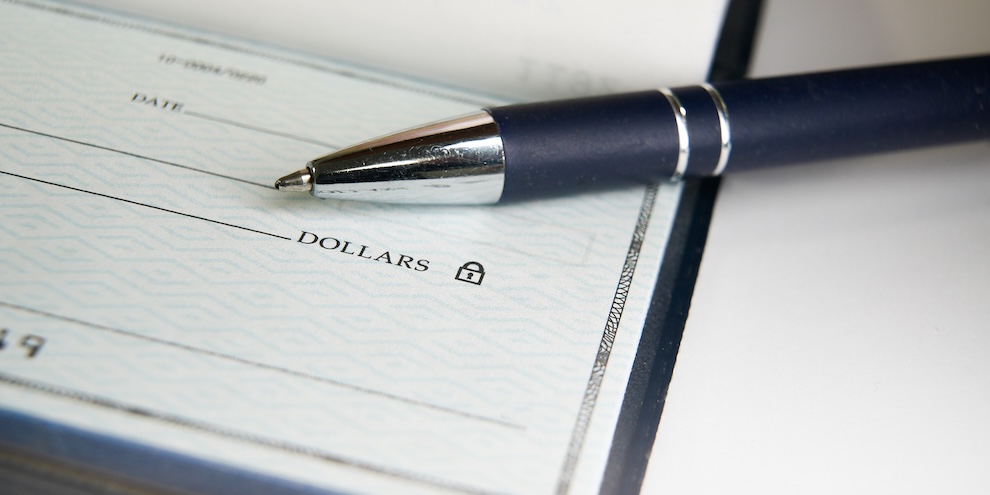Enhancing e-mail invitations
 Researchers in 2003 greatly debated the role e-mail invitations would play in gaining participant cooperation for web-based surveys. People often confused survey invitations for spam, which is still a common issue. In the July/August 2003 article “10 steps to greater web survey response rates,” Bill MacElroy offered some ways to improve e-mail invitation success.
Researchers in 2003 greatly debated the role e-mail invitations would play in gaining participant cooperation for web-based surveys. People often confused survey invitations for spam, which is still a common issue. In the July/August 2003 article “10 steps to greater web survey response rates,” Bill MacElroy offered some ways to improve e-mail invitation success.
“Familiarity with the sender is a prime influencer of the decision to participate,” wrote MacElroy. E-mail invitations should be recognizable and should avoid keywords that spam filters tend to pick up. Some of these words included: free, cash, promo and offer. Along with this, populated BCC fields tended to be marked as spam as well as e-mails sent in bulk. Like today, navigating e-mail filters was an issue that needed to be understood and worked around.
The e-mail subject line was a crucial factor in e-mail invitations. Three subject-line components (the sponsor, topic and survey) should be carefully considered before hitting send. “Several industry association and academic studies indicate that the sponsor of the survey and the general topic area of inquiry are very important considerations in the critical three-second window for the recipient’s decision as to whether or not to open the e-mail and review it,” said MacElroy. While a good subject line gets a foot in the door, the importance of the first sentence in an e-mail invitation can’t be overstated. Like today, receivers tended to skim e-mails. An effective introduction would encourage receivers to participate in studies. An example of an introduction was included, which is still applicable today: This invitation is to take part in a survey project and is not a sales solicitation.
Checks were on the decline, debit gains on the upswing
While consumer behavior continues to change rapidly, the banking industry had to better understand consumer purchase preferences in 2003. A study conducted by Unisys Corporation, Global Concepts and Jim Moore of Talson Associates found that while checks were on the decline, debit cards were on the rise, growing at twice the rate of credit cards and were expected to grow faster than any other payment method for in-store purchases within the next two years. The Survey Monitor entry “Debit cards rapidly becoming payment method of choice,” found that electronic point-of-sale payments were expected to increase substantially and while 64% of billers had yet to look at offering web-based billing options, 7% were already offering them.
Internet, PC use in 2003
In 2003, the U.S. had the largest internet population, accounting for 30% of global internet access, according to research from Nielsen//NetRatings. The U.S. was followed by Europe (24%), Asia-Pacific (13%) and Latin America (2%). The Survey Monitor entry “Internet access numbers still climbing,” found that Germany, the U.K. and Italy had the largest number of people with internet access via a home PC. Modems were being replaced by high-speed internet access and all countries had an increase in the percentage of households with broadband connection since Q1 2002, except for Italy and Germany.
